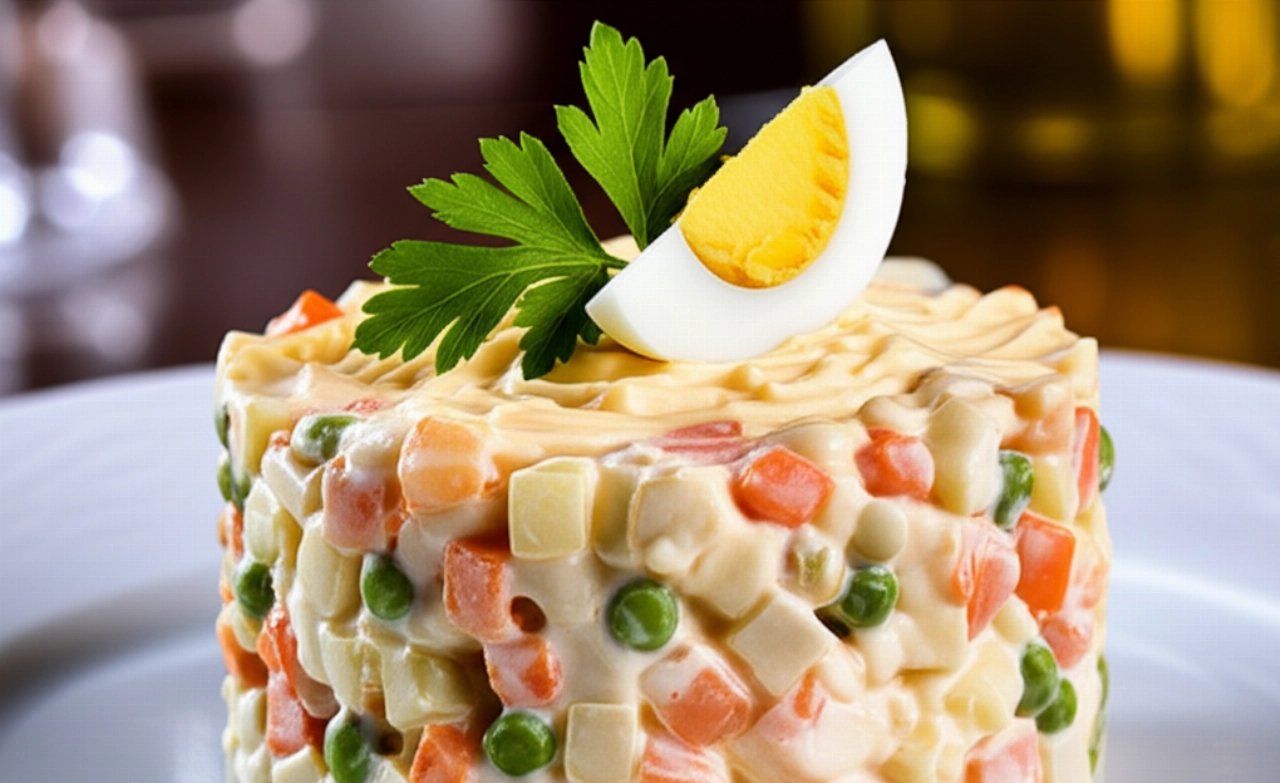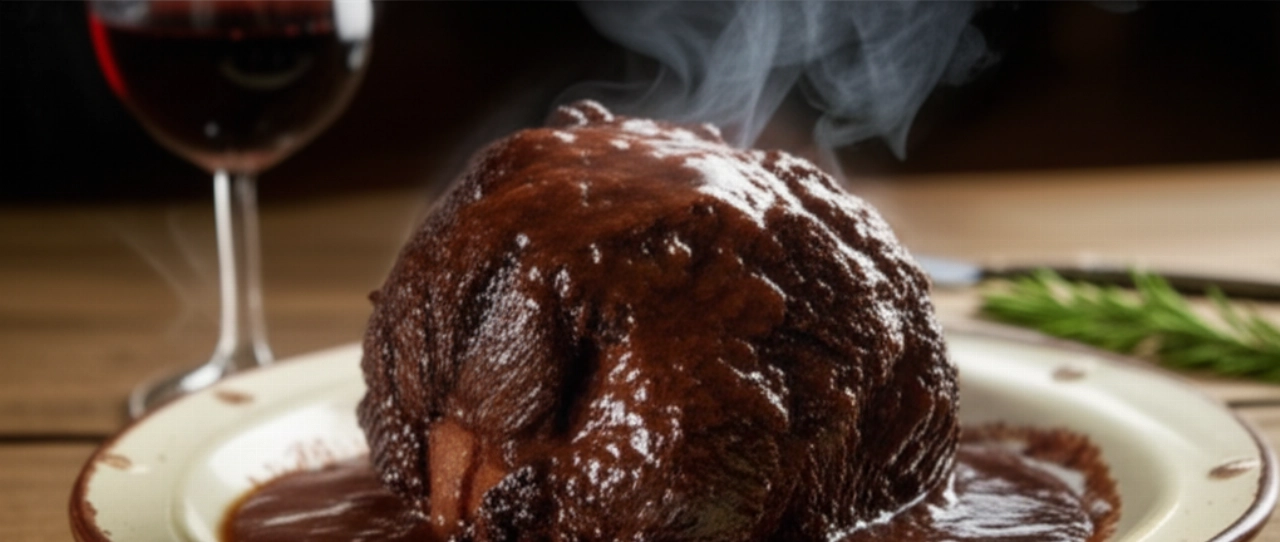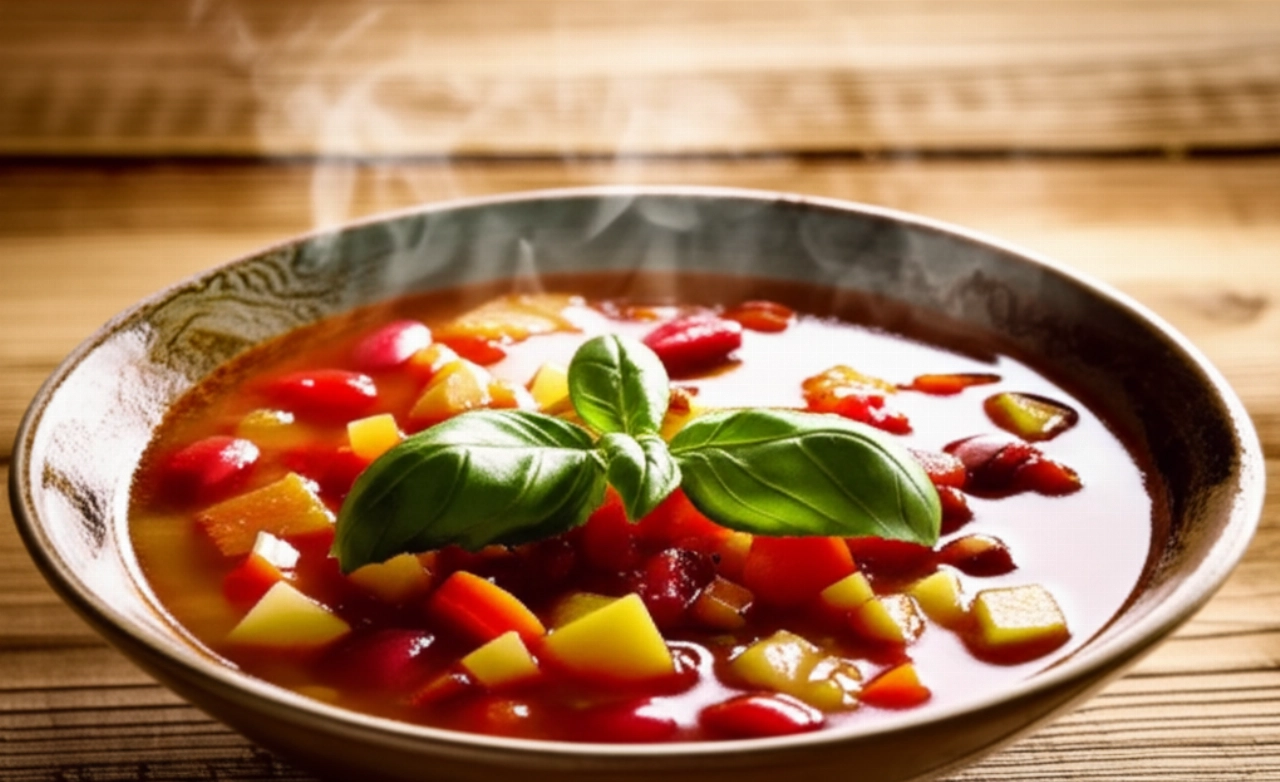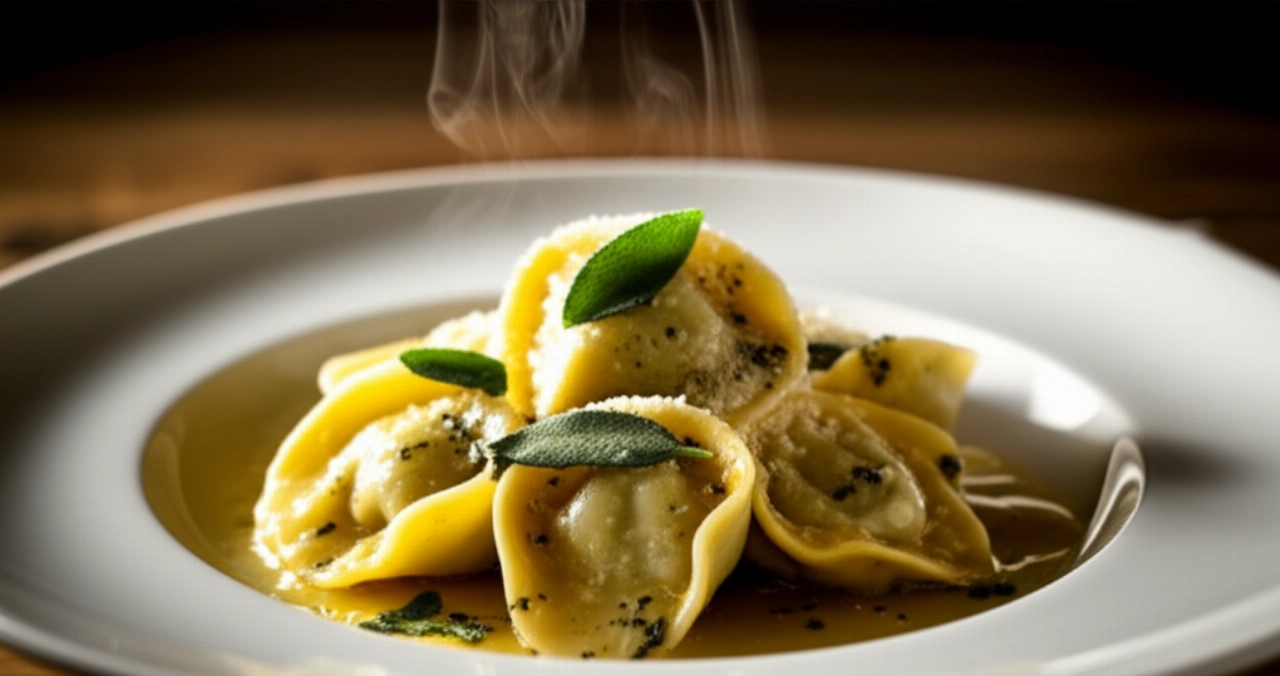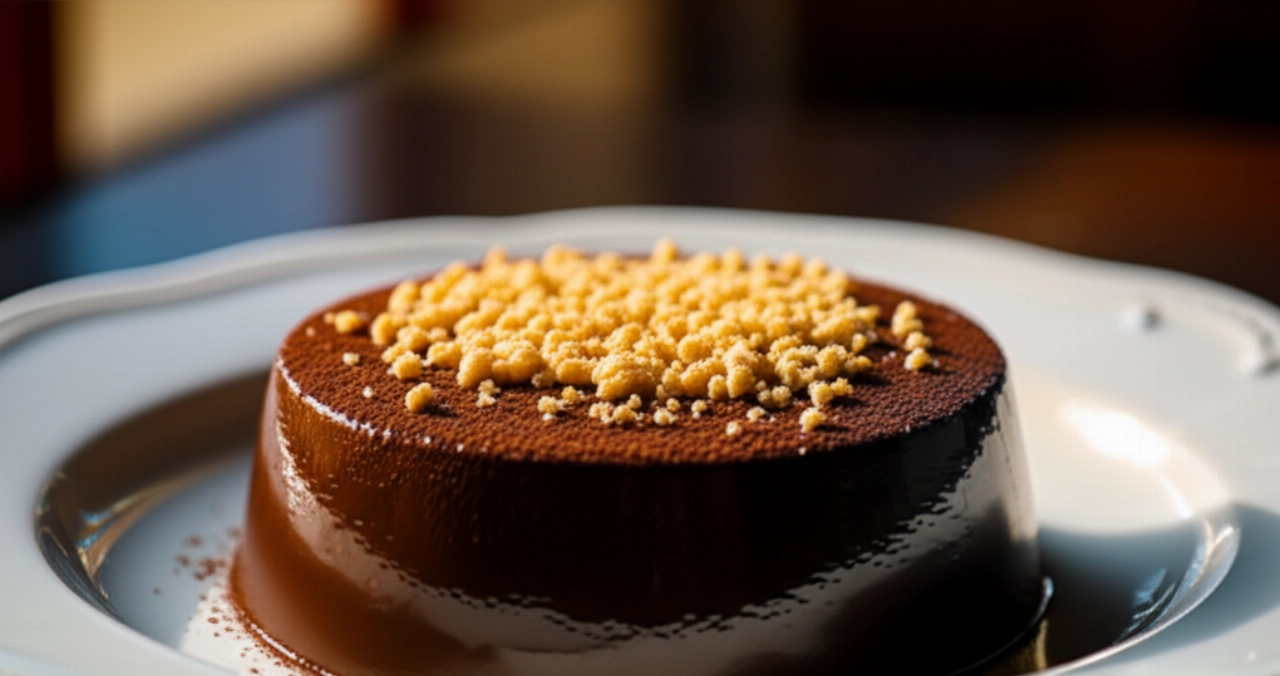There's a scent that speaks of Piedmont, of conviviality, of winter evenings spent around a table, dipping fresh vegetables into a warm, enveloping sauce. We're talking about Bagna Càuda, a true ritual, an ode to sharing and the authentic flavors of our land.
But how many times have you tried to make it and the result was too strong, indigestible, or lacked that 'je ne sais quoi' of true Bagna Càuda? Finding the perfect balance between the potency of garlic and the savoriness of anchovies, without the dish becoming heavy, can seem like a challenge.
Make yourself comfortable. Here you won't just find a list of ingredients, but the definitive guide, full of tricks and tips, to prepare an authentic, balanced, and incredibly digestible Bagna Càuda. Success is guaranteed, and your guests will ask for seconds!

Bagna Càuda: The Perfect Balance Between Tradition and Digestibility
Our strategic angle, our promise, is precisely this: no more heavy or overly strong Bagna Càuda. I'll guide you step by step to achieve a deep and enveloping flavor, yet incredibly harmonious and light, that won't leave you feeling weighed down. The secret lies in the choice of ingredients and, above all, in patience and care during slow cooking. This is how you achieve that velvety creaminess and intoxicating aroma that only true Bagna Càuda can offer.

Smart Ingredients: The Choice That Makes the Difference for Your Bagna Càuda
Every ingredient plays a fundamental role. It's not just a matter of quantity, but of quality and preparation.
- Garlic: Choose fresh, good quality garlic. The quantity is to your taste, but for a balanced Bagna Càuda, it's essential to remove the germ (the green sprout inside) from each clove. It's the germ that's responsible for difficult digestibility and an overly pungent flavor.
- Salted Anchovies: Forget those in oil if you want authenticity. Salted anchovies are a different world. They are meatier and more flavorful. You'll need to carefully desalt them under running water and then clean them, removing the central bone. This step is crucial for the final savoriness.
- Extra Virgin Olive Oil: Don't skimp on quality. A delicate EVO oil, perhaps Ligurian or Piedmontese, with a light fruitiness, is ideal. Avoid overly intense oils that would overpower the flavor of the other ingredients. It's the fatty base that binds everything together.
- Whole Milk (optional): Some traditional recipes suggest blanching the garlic in milk to make it sweeter and more digestible. If you want a more delicate Bagna Càuda, this is a trick not to be underestimated.
- Butter (optional): A small piece of butter added at the end of cooking can give extra creaminess and roundness, making the Bagna Càuda even more velvety.
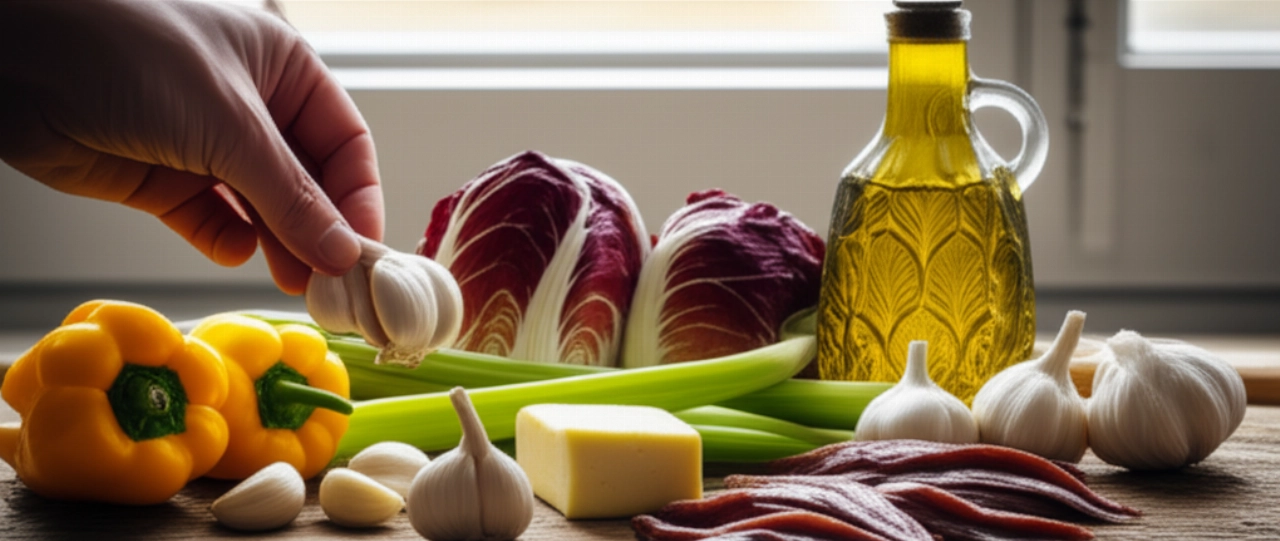
The 3 Mistakes Not to Make for an Infallible Bagna Càuda
To guarantee your success, I'll warn you about the most common mistakes:
- Not Desalting the Anchovies Properly: If the anchovies remain too salty, they will ruin the entire Bagna Càuda. Take the necessary time to rinse them well and make sure they are clean of bones.
- Not Removing the Garlic Germ: This is the number one secret for digestibility. If the germ remains, the flavor will be too aggressive and will linger for hours.
- Cooking on Too High Heat or Too Quickly: Bagna Càuda requires patience. It must simmer gently, over very low heat, for a prolonged time. If the heat is too high, the garlic and anchovies will burn, becoming bitter and indigestible.
Grandma's Secret: The Extra Touch for a Memorable Bagna Càuda
My grandmother, a true Piedmontese, always used to say: “Bagna Càuda is not made in a hurry, and it's not made without love.” Her trick, which she passed down to me, was to add, at the end of cooking, a very small ladleful of hot vegetable broth or a splash of dry white wine. Not so much as to alter the flavor, but just enough to slightly “degrease” and bind all the aromas even better, making it incredibly harmonious and less “heavy” on the palate. An almost imperceptible touch, but one that makes all the difference.
Let's Prepare Bagna Càuda Together: The Step-by-Step Guide
Now that you know all the secrets, let's get cooking. Follow each step carefully and success will be assured.
- Prepare the Garlic: Peel the garlic cloves (about 10-12 for 4 people, but you can increase or decrease as desired). With a sharp knife, cut them in half lengthwise and remove the green germ. This step is fundamental for digestibility.
- Soften the Garlic (Optional but Recommended): If you want an even more delicate Bagna Càuda, put the garlic cloves in a small saucepan with whole milk (or water) and bring to a gentle boil. Let simmer for 5-10 minutes, then drain well. Repeat the operation 2-3 times, changing the milk each time, until the garlic is very tender and its flavor has sweetened.
- Prepare the Anchovies: Rinse the salted anchovies thoroughly under running water, gently rubbing them to remove excess salt. Open them in half, remove the central bone and any spines. Dry them well with paper towels.
- Begin Slow Cooking: In a thick-bottomed saucepan (a terracotta pot would be ideal), pour abundant extra virgin olive oil (about 200-250 ml). Add the garlic cloves (already treated, if you followed step 2).
- Melt the Anchovies: Place the saucepan over very low heat. Add the cleaned anchovies. With a wooden spoon or fork, begin to mash the anchovies as they slowly melt in the warm oil. The garlic should cook gently, without frying, becoming almost a cream.
- Patience is Key: Continue to stir and mash for at least 30-40 minutes, or until the garlic is completely broken down and the anchovies have melted into a homogeneous, velvety sauce. If necessary, add another drizzle of oil. The Bagna Càuda should never fry, but simmer gently.
- The Final Touch (Grandma's Secret): If desired, at this point you can add the small ladleful of hot vegetable broth or the splash of dry white wine. Mix well to combine.
- Serve Hot: Transfer the Bagna Càuda to the appropriate fujot (the typical terracotta food warmer with a candle) or to a bowl that retains heat. It must be served very hot.
The Perfect Vegetables for Dipping in Your Bagna Càuda
Bagna Càuda is a complete sensory experience, and vegetables are its inseparable companions. Here are some ideas, both raw and cooked, for an authentic experience:
- Raw Vegetables:
- Cardo Gobbo di Nizza Monferrato (Hunchback Cardoon from Nizza Monferrato): The king of Bagna Càuda vegetables, crunchy and slightly bitter.
- Bell Peppers: Red, yellow, green, cut into strips.
- Belgian Endive: Its crunchy leaves are perfect.
- Fennel: Fresh and aromatic.
- Celery: Crunchy and refreshing.
- Jerusalem Artichoke: Raw, thinly sliced, with a delicate flavor reminiscent of artichoke.
- Cooked Vegetables:
- Potatoes: Boiled and cut into chunks.
- Onions: Roasted or boiled.
- Cauliflower: Boiled al dente.
- Beetroots: Boiled and sliced.
- Bell Peppers: Roasted, peeled, and seasoned with a drizzle of oil.
Don't forget the bread! Slices of homemade bread or bruschetta are perfect for the final 'scarpetta' (mopping up the sauce), a true pleasure.
Tips and Frequently Asked Questions about Bagna Càuda
Here are some answers to the most common doubts, to relieve any worries:
- Can I prepare Bagna Càuda in advance?
- Absolutely! In fact, preparing it a few hours before or even the day before and then gently reheating it can help the flavors meld even better. Store it in the refrigerator in an airtight container.
- How can I make it lighter/more digestible?
- The secret is always to remove the garlic germ and, if desired, blanch it multiple times in milk. Also, make sure to cook it over very low heat and very slowly. A small touch of broth or white wine at the end of cooking, like grandma's trick, helps to lighten it.
- Can I freeze it?
- Yes, Bagna Càuda can be frozen. I recommend doing so in small portions, so you only thaw the necessary amount. It keeps well for a couple of months. Thaw in the refrigerator and then reheat gently.
- What are the best anchovies to use?
- The best are salted anchovies from the Cantabrian Sea or those from Liguria. They are meatier and more flavorful. Avoid those in oil, which have a less intense flavor and a different consistency.
- What if the garlic remains too strong or bitter?
- This happens if you haven't removed the germ or if you've cooked it over too high heat. If the damage is done, you can try adding a teaspoon of fresh cream or a small piece of butter to soften the flavor a bit, or a pinch of sugar. But prevention is key!
A Flavorful Hug That Feels Like Home
There you have it! Now you no longer just have a recipe, but all the secrets to bring to the table a Bagna Càuda that will make history, a dish that tastes of home, tradition, and love. A true warm hug from Piedmont, perfect for warming up evenings with company.
Don't be afraid to experiment. Cooking is an act of creativity and sharing. But start from this solid base and you'll see that applause won't be lacking. Your Bagna Càuda will be a guaranteed success, a triumph of authentic flavors and a joy for the palate.
Have you prepared your Bagna Càuda with our recipe? We're very curious to see your masterpiece! Leave a comment below, tell us how it went, or share a photo on Instagram by tagging @CercaRicette.it. If you loved this journey into Piedmontese flavors, you can't miss our recipe for Porcini Mushroom Risotto or for a typical dessert like Piedmontese Bonet. Enjoy your meal!

